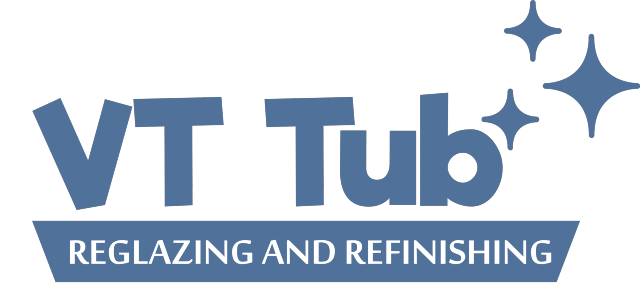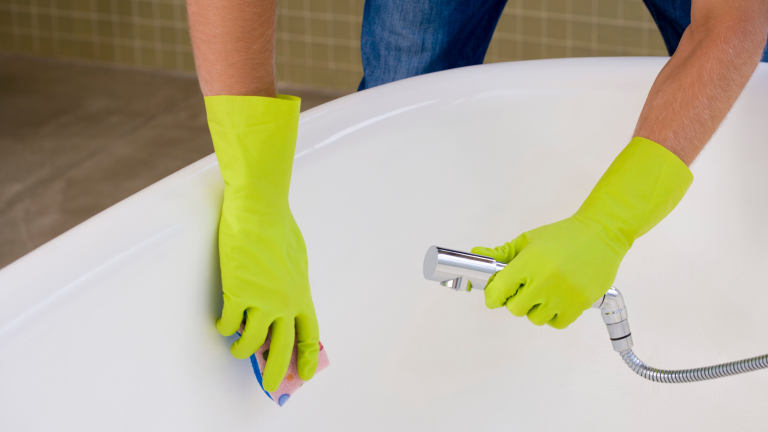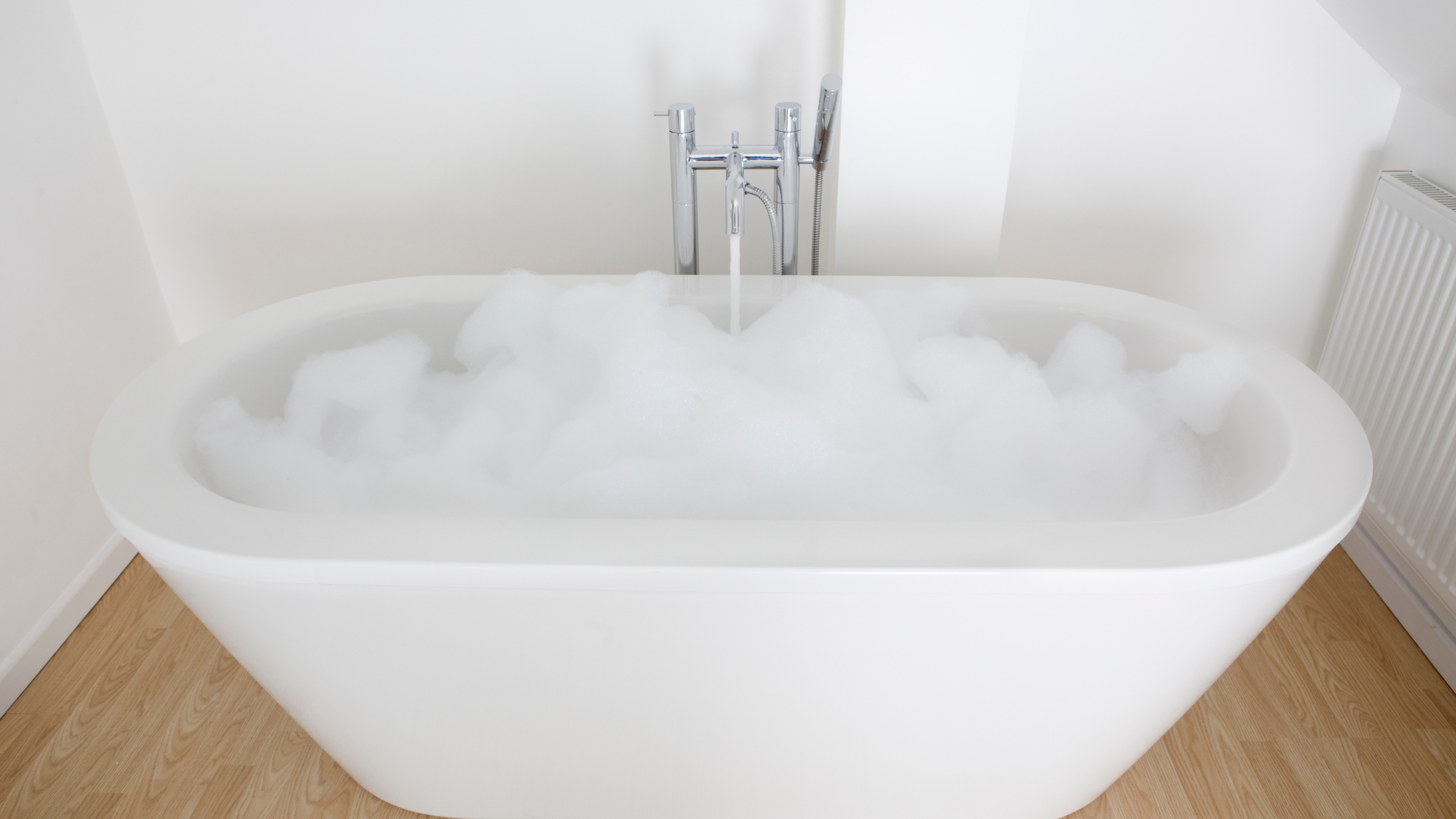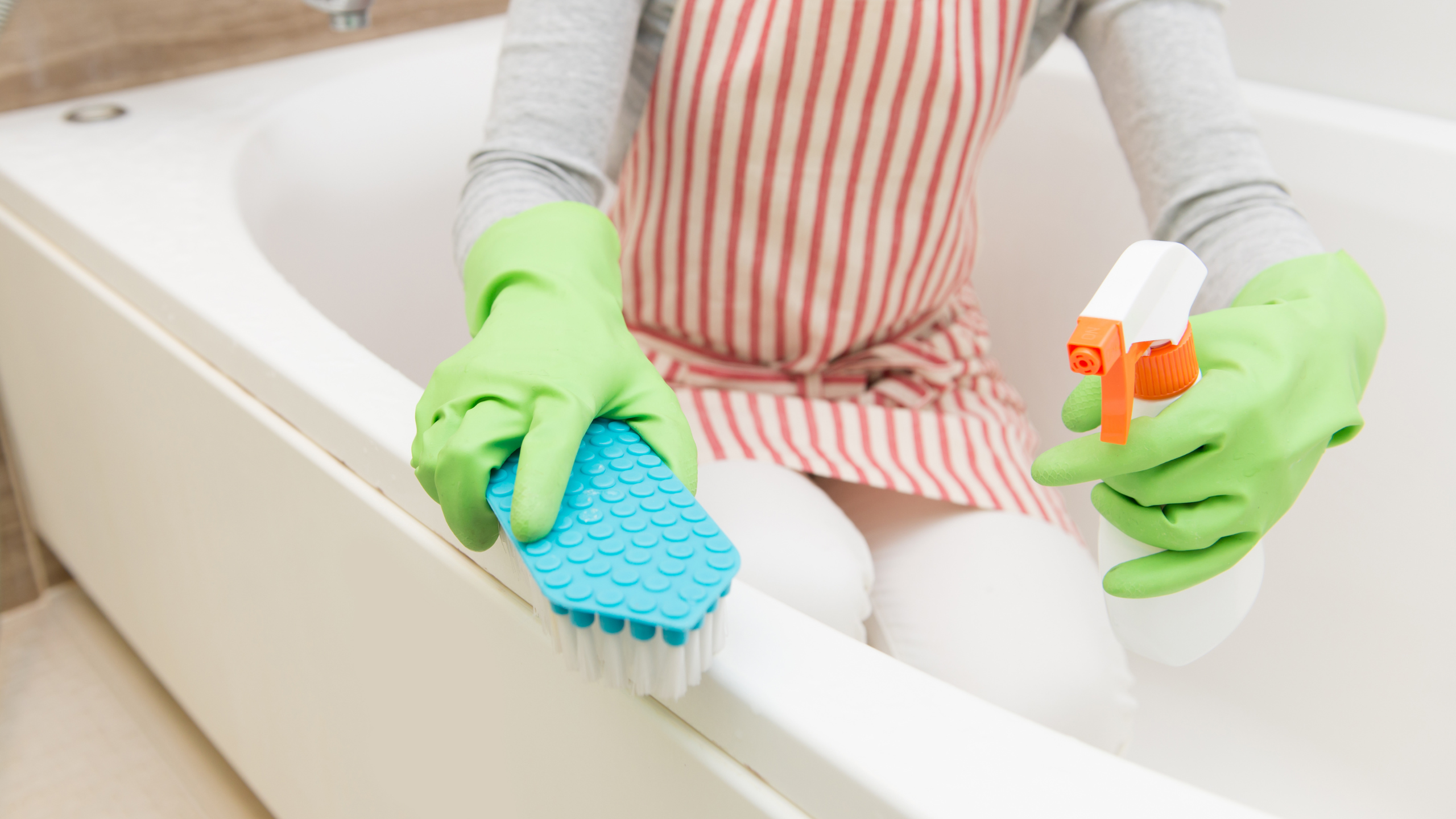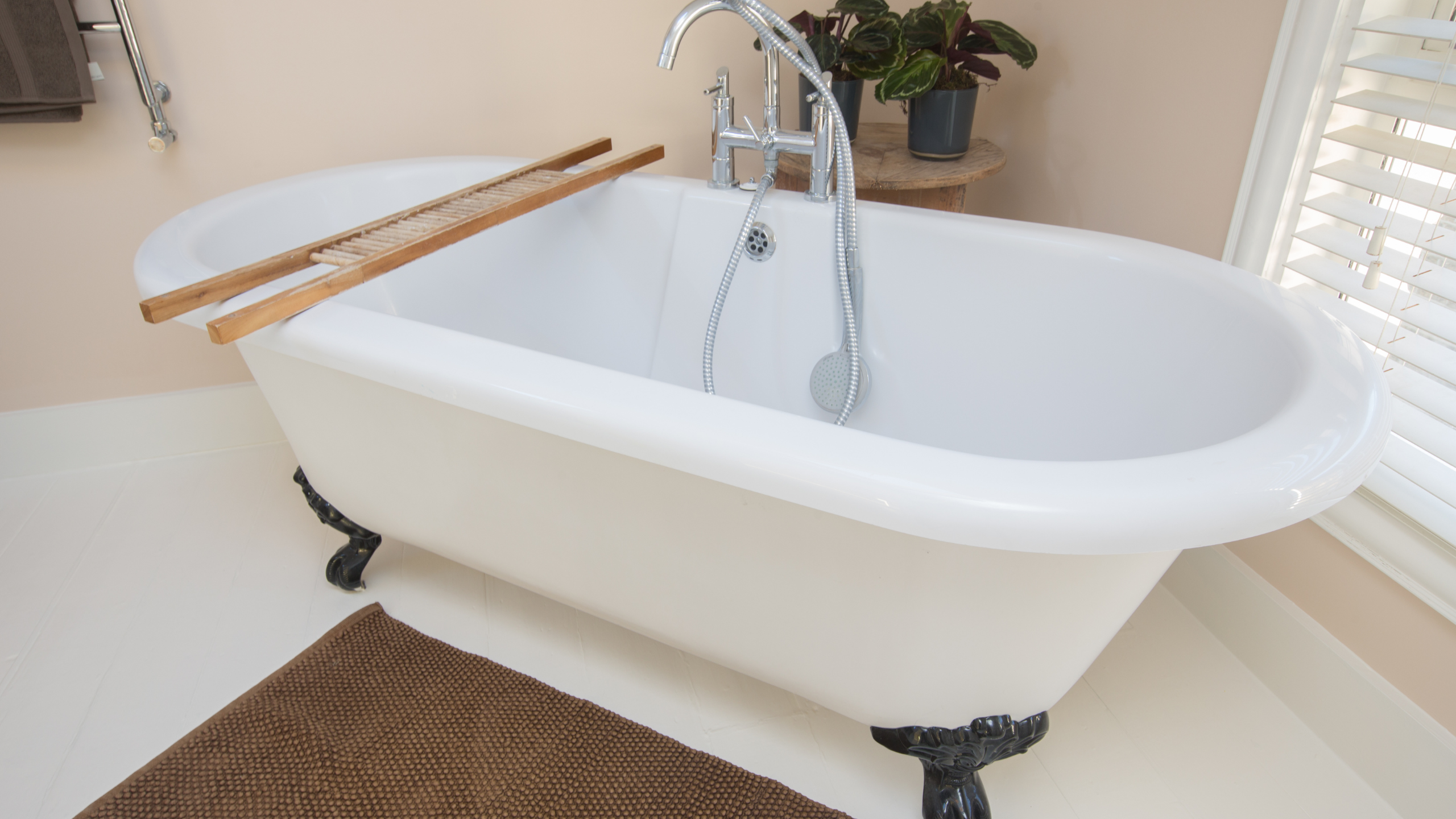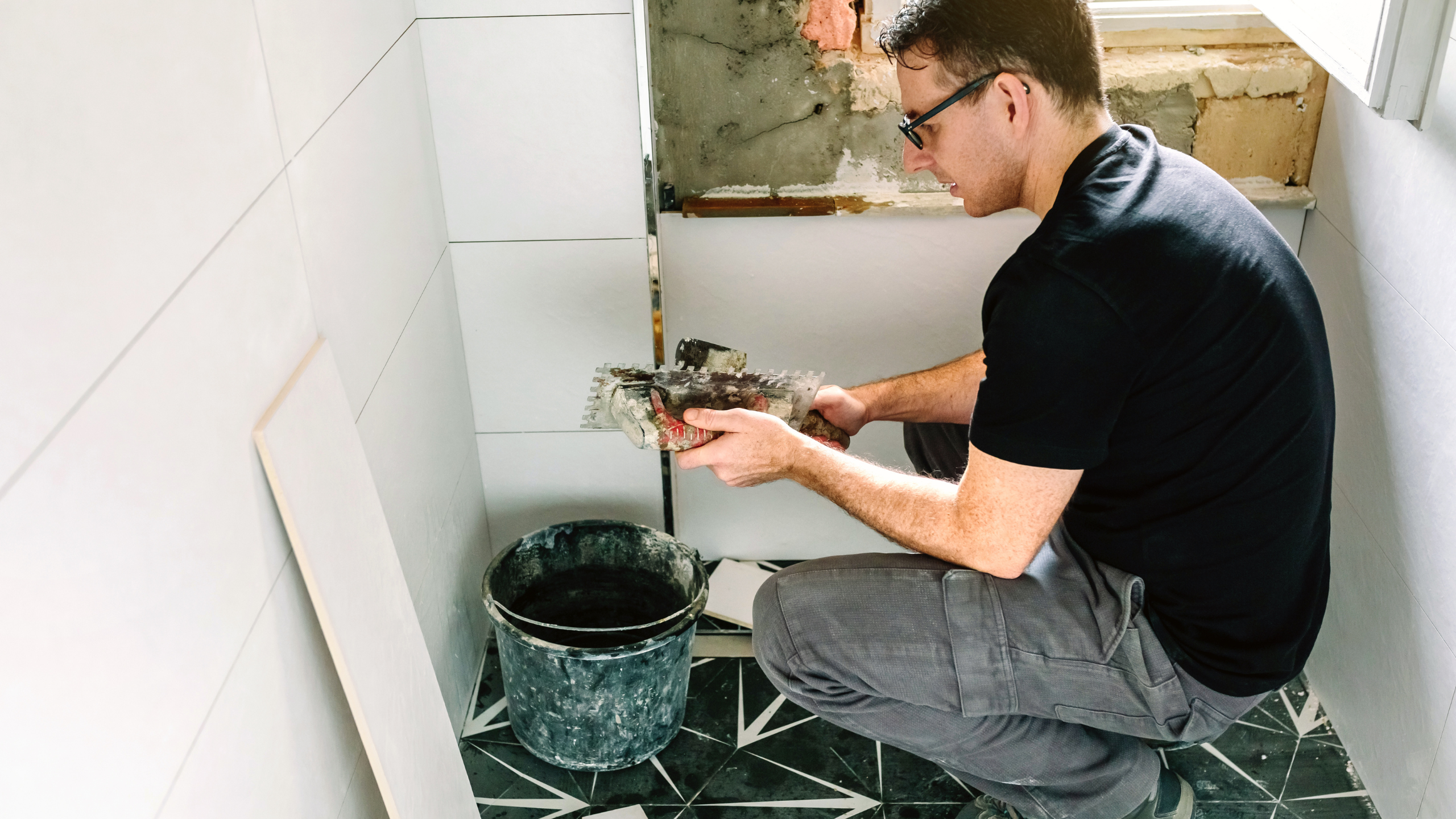Bathroom renovation encompasses a multifaceted process, and the terms “reglazing” and “refinishing” often arise despite their perceived interchangeability. However, beneath this surface similarity lies a significant divergence. Reglazing and refinishing are distinct procedures, each with its methods and outcomes. While both aim to rejuvenate your bathtub, understanding their nuances is essential for steering your renovation towards your desired result. Don’t wait any longer to transform your tub into a masterpiece! VT Lakewood Bathtub Refinishing can make your dream a reality with our skilled technicians and quick turnaround. Reach out today to learn more!
Distinguishing Reglazing from Refinishing
It’s crucial to grasp the disparity between reglazing and refinishing in bathroom renovations. Reglazing, or resurfacing or re-enameling, involves meticulously applying a new layer of glaze to the bathtub’s surface. This necessitates thorough preparation to ensure proper adhesion, resulting in a gleaming finish revitalizing the bathroom. It’s akin to giving the bathtub a makeover, enhancing its appearance, and revitalizing the bathroom ambiance.
Refinishing, conversely, addresses surface imperfections such as chips or cracks before applying a final coat. This process enhances the bathtub’s aesthetics and restores its functionality.
Effective Cleaning Techniques for Bathtub Surfaces
1. Baking Soda and Vinegar: When combined, baking soda and vinegar create a potent natural abrasive that effectively removes grime and soap scum without harsh chemicals, promoting eco-friendly and safe cleaning.
2. Commercial Cleaners: Formulated specifically for bathtub cleaning, these products efficiently eliminate stubborn grime and mineral deposits, restoring shine with minimal effort.
3. Lemon Juice: With its natural acidity, lemon juice is a powerful cleanser against grease and soap residue buildup, leaving behind a refreshing scent.
4. Steam Cleaning: Steam steam cleaners penetrate deep into crevices, effectively loosening dirt and grime without chemical cleaners.
5. Magic Erasers: Made from melamine foam, these cleaning pads effortlessly lift tough stains and scuff marks, ideal for quick touch-ups.
6. Hydrogen Peroxide: Renowned for its disinfecting and whitening properties, hydrogen peroxide offers a gentle yet effective cleaning solution for bathtub surfaces.
7. Microfiber Cloths: Soft and absorbent microfiber cloths trap dirt and residue for a streak-free shine without scratching the surface.
8. Dish Soap: Mild yet effective, dish soap breaks down grease and grime without compromising the bathtub’s finish, suitable for regular use.
9. DIY Cleaning Solutions: Homemade cleaners using ingredients like dish soap and vinegar offer a customizable and eco-friendly alternative to commercial products.
10. Regular Maintenance: A consistent cleaning routine prevents dirt buildup, ensuring a clean and inviting bathtub for every use.
Preparation: The Key to Successful Reglazing
Before reglazing, thorough preparation is essential. This involves removing soap scum, dirt, and any residues from the surface to ensure proper adhesion of the new glaze. Effective preparation is critical for the longevity and appearance of the reglazed bathtub.
In Conclusion
Understanding the disparities between reglazing and refinishing and effective cleaning techniques forms the foundation for a successful bathroom renovation. Thorough preparation is key to ensuring seamless execution and long-lasting results. By meticulously addressing grime and residues, you guarantee a rejuvenated bathtub that exudes elegance and durability for years.
